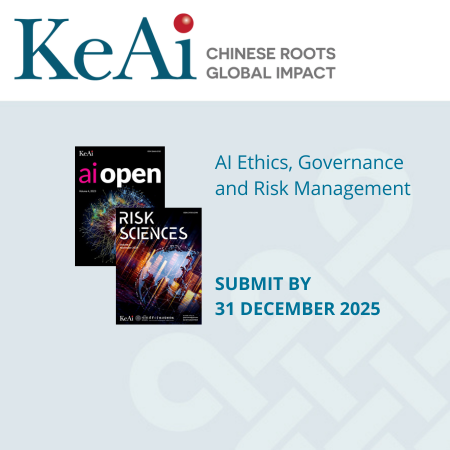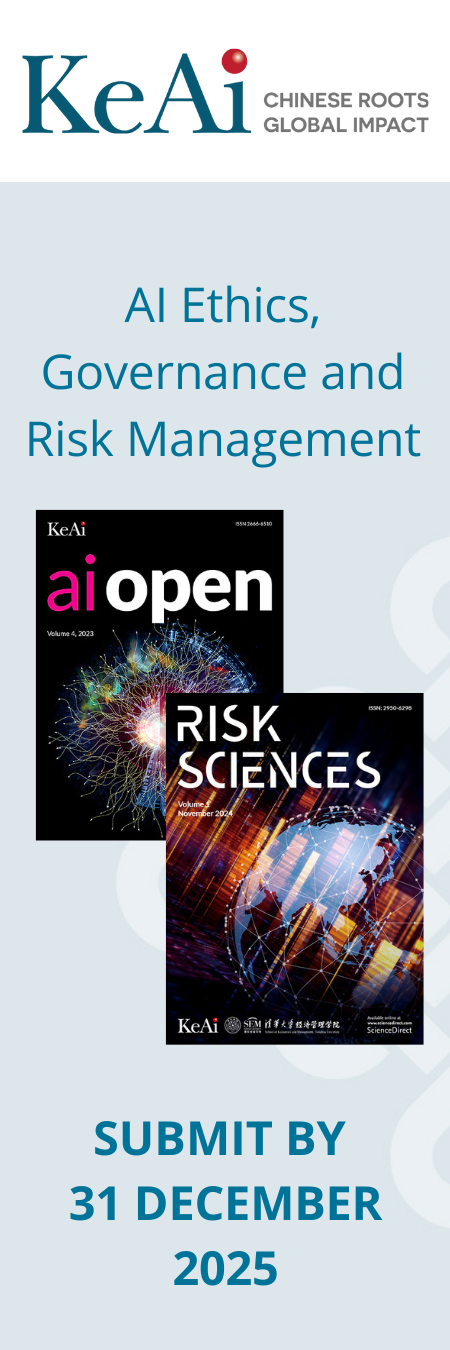Optimal RoPE extension via Bayesian Optimization for training-free length generalization
2025
Transformers are designed to process input of variable length without resource constraints. However, their performance significantly deteriorates when the input surpasses a threshold slightly larger...
Multimodal marvels of deep learning in medical diagnosis using image, speech, and text: A comprehensive review of COVID-19 detection
2025
This study presents a comprehensive review of the potential of multimodal deep learning (DL) in medical diagnosis, using COVID-19 as a case example. Motivated by the success of artificial intelligence...
ChatLLM network: More brains, more intelligence
2025
Dialogue-based language models mark a huge milestone in the field of artificial intelligence, by their impressive ability to interact with users, as well as a series of challenging tasks prompted by...
Solving the enigma: Enhancing faithfulness and comprehensibility in explanations of deep networks
2025
The accelerated progress of artificial intelligence (AI) has popularized deep learning models across various domains, yet their inherent opacity poses challenges, particularly in critical fields like...
Methodologies and their comparison in complex compound aspect-based sentiment analysis: A survey
2025
Sentiment analysis as a part of natural language processing (NLP) has received much attention following the demand to understand people’s opinions. Aspect-based sentiment analysis (ABSA) is a fine-grained...
FedGPA: Federated Learning with Global Personalized Aggregation
2025
A significant challenge in Federated Learning (FL) is addressing the heterogeneity of local data distribution across clients. Personalized Federated Learning (PFL), an emerging method aimed at overcoming...
DFM: Dialogue foundation model for universal large-scale dialogue-oriented task learning
2025
Building a universal conversational agent has been a long-standing goal of the dialogue research community. Most previous works only focus on a small set of dialogue tasks. In this work, we aim to build...
Client: Cross-variable linear integrated enhanced transformer for multivariate long-term time series forecasting
2025
Long-term time series forecasting (LTSF) is crucial in modern society, playing a pivotal role in facilitating long-term planning and developing early warning systems. While many Transformer-based models...
SafeCast: Risk-responsive motion forecasting for autonomous vehicles
2025
Accurate motion forecasting is essential for the safety and reliability of autonomous driving (AD) systems. While existing methods have made significant progress, they often overlook explicit safety...
Proactive Recommendation in Social Networks: Steering user interest with causal inference
2025
Recommending items that solely cater to users’ historical interests narrows users’ horizons. Recent works have considered steering target users beyond their historical interests by directly adjusting...
Multi-spatial Semantic Information Aggregation Network for 3D Human Motion Prediction
2025
In recent years, GCN-based methods have achieved great success in skeleton-based human motion prediction tasks due to the human body graph structure. However, existing methods leveraged single semantic...
Scalable graph attention-based instance selection via mini-batch sampling and hierarchical hashing
2025
Instance selection (IS) addresses the critical challenge of reducing dataset size while keeping informative characteristics, becoming increasingly important as datasets grow to millions of instances....
Multi-scale texture loss for CT denoising with GANs
2025
Generative Adversarial Networks (GANs) have proved as a powerful framework for denoising applications in medical imaging. However, GAN-based denoising algorithms still suffer from limitations in capturing...
Robust emotion recognition using hybrid Bayesian LSTM based on Laban movement analysis
2025
Emotion recognition has become increasingly significant in artificial intelligence; however, the impact of body movements on emotion interpretation remains under-explored. This paper presents a novel...
ADAP: Adaptive & Dynamic Arc Padding for predicting seam profiles in Multi-Layer-Multi-Pass robotic welding
2025
Welding thick metal plates using Multi-Layer-Multi-Pass (MLMP) techniques demands precise control over the weld seam profile as it evolves during the cooling process. In MLMP welding, typically executed...
AI-generated content in landscape architecture: A survey
2025
Landscape design is a complex process that requires designers to engage in intricate planning, analysis, and decision-making. This process involves the integration and reconstruction of science, art,...
Computer audition for healthcare: A survey on speech analysis
2025
Intelligent speech analysis (ISA) constitutes a significant component within the realm of computer audition (CA) technology. Speech, as a fundamental tool for human communication, not only conveys rich...
Adaptive negative representations for graph contrastive learning
2024
Graph contrastive learning (GCL) has emerged as a promising paradigm for learning graph representations. Recently, the idea of hard negatives is introduced to GCL, which can provide more challenging...
How to generate popular post headlines on social media?
2024
Posts, as important containers of user-generated-content on social media, are of tremendous social influence and commercial value. As an integral component of post, headline has decisive influence on...
PM2.5 forecasting under distribution shift: A graph learning approach
2024
We present a new benchmark task for graph-based machine learning, aiming to predict future air quality (PM2.5 concentration) observed by a geographically distributed network of environmental sensors....
Label-aware debiased causal reasoning for Natural Language Inference
2024
Recently, researchers have argued that the impressive performance of Natural Language Inference (NLI) models is highly due to the spurious correlations existing in training data, which makes models...
Boosting graph search with attention network for solving the general orienteering problem
2024
Recently, several studies explore to use neural networks(NNs) to solve different routing problems, which is an auspicious direction. These studies usually design an encoder–decoder based framework that...
An ecosystem for personal knowledge graphs: A survey and research roadmap
2024
This paper presents an ecosystem for personal knowledge graphs (PKGs), commonly defined as resources of structured information about entities related to an individual, their attributes, and the relations...
Few-shot Named Entity Recognition via encoder and class intervention
2024
In the real world, the large and complex nature of text increases the difficulty of tagging and results in a limited amount of tagged text. Few-shot Named Entity Recognition(NER) only uses a small amount...
CPT: Colorful Prompt Tuning for pre-trained vision-language models
2024
Vision-Language Pre-training (VLP) models have shown promising capabilities in grounding natural language in image data, facilitating a broad range of cross-modal tasks. However, we note that there...


